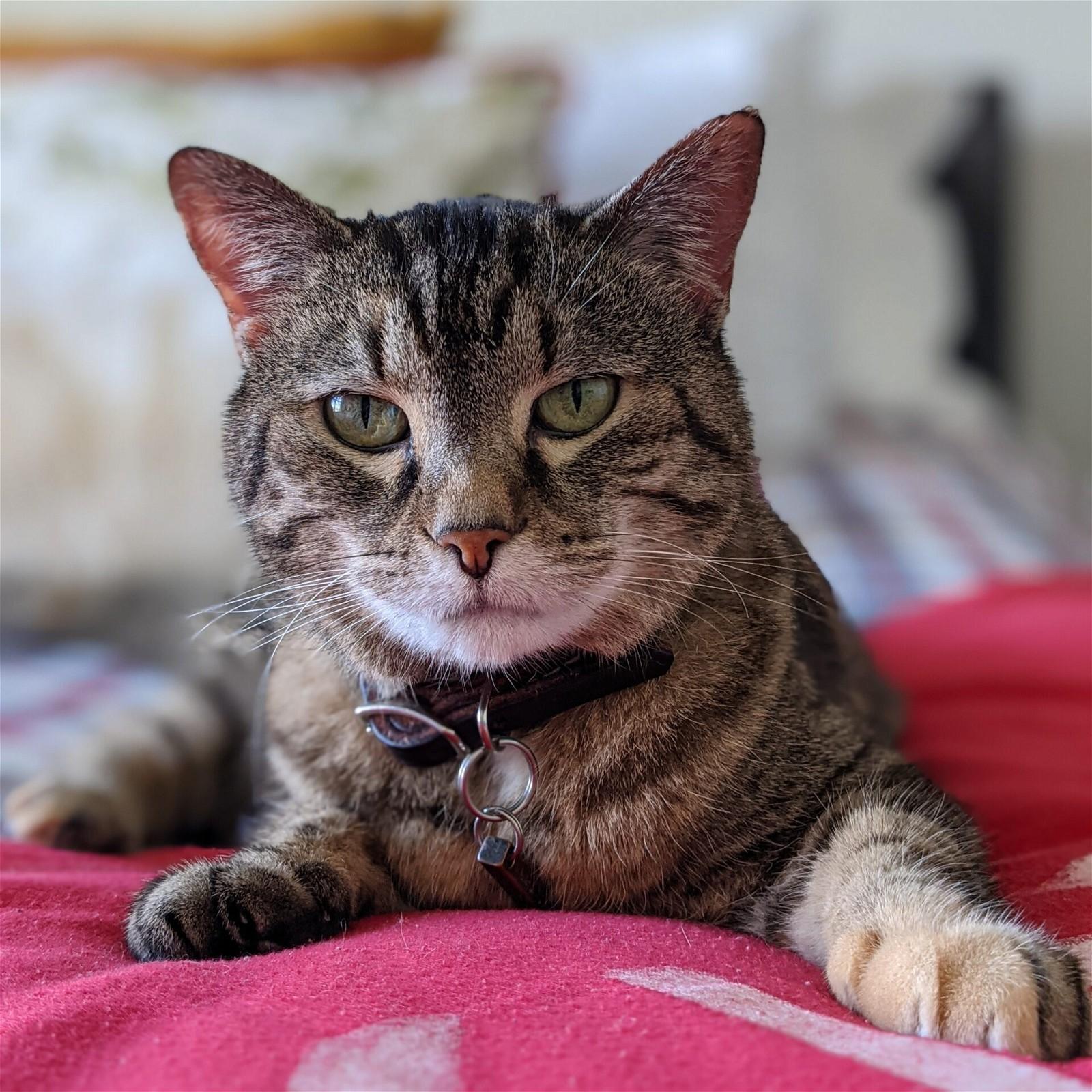Conjunctivitis, commonly known as pink eye, is a prevalent eye condition in cats, causing inflammation of the conjunctiva – the thin, clear membrane covering the white part of the eye and lining the eyelids. This condition can bring discomfort and even pain to your feline friend, highlighting the importance of recognizing its signs and promptly seeking suitable treatment.
Causes of Conjunctivitis (Pink Eye) in Cats
Conjunctivitis in cats can originate from several factors:
Viral Infections: Viruses like Feline Herpesvirus-1 (FHV-1) and Calicivirus are the most common causes, particularly in chronic or recurrent cases. These viruses are highly contagious among cats.
Bacterial Infections: Bacterial infections can occur secondarily to viral infections or as primary infections, although less frequently. Common bacteria include Chlamydophila felis, Mycoplasma, Staphylococcus, and Streptococcus.
Parasitic Infections: Depending on your region, outdoor cats may be more susceptible to parasitic infections like Leishmaniasis, Thelaziasis, and Onchocerciasis, which can occasionally lead to conjunctivitis.
Allergies: Environmental allergens (dust, pollen, etc.) or food allergies can trigger conjunctivitis in cats.
Irritants: Exposure to foreign bodies (grass, dust), chemicals, or smoke can irritate the eyes and contribute to conjunctivitis.
Underlying Eye Conditions: Eye ulcers, glaucoma, tumors, or eyelid malformations can cause secondary conjunctivitis.
Immune-mediated diseases: These uncommon conditions involve the cat's immune system attacking its own tissues, sometimes leading to conjunctivitis.
Symptoms of Conjunctivitis (Pink Eye) in Cats
Common signs of conjunctivitis or pink eye in cats include:
Redness and swelling of the conjunctiva
Excessive tearing or discharge (clear, mucous, or bloody)
Squinting or blinking
Pawing or rubbing at the eyes
Itchiness or hair loss around the eyes
Symptoms of an upper respiratory infection (sneezing, nasal discharge)
Diagnosis and Treatment of Pink Eye in Cats
Veterinarians diagnose conjunctivitis in cats through a comprehensive ophthalmic examination, which may include:
Detailed eye exam
Schirmer Tear Test (measures tear production)
Fluorescein stain test (detects corneal ulcers)
Intraocular pressure testing
Blood tests
Radiographs (X-rays)
Treatment aims to alleviate pain, eliminate infection, and address the underlying cause. It may involve:
Topical medications: Eye drops or ointments containing antibiotics, antivirals, or anti-inflammatories.
Immune-suppressive drugs (for immune-mediated cases)
Addressing underlying infections or conditions
Recovery and Management
Most simple cases of conjunctivitis resolve within 7-10 days with proper treatment. Chronic or complicated cases may require prolonged therapy. Cats with herpesvirus infections can experience flare-ups, requiring ongoing management to minimize recurrences.
Prevention of Conjunctivitis (Pink Eye) in Cats
Preventive measures include:
Maintaining good hygiene
Minimizing stress
Probiotics and supplements (Fortiflora, Lysine, Hyaluronate)
Early veterinary intervention
Stress reduction techniques (Feliway, Thundershirt)
FAQs about Conjunctivitis in Cats
Is Conjunctivitis in Cats Viral or Bacterial?
Conjunctivitis in cats can be caused by both viruses and bacteria. The most common culprit, especially for chronic or recurring cases, is the Feline Herpesvirus-1 (FHV-1). This virus, similar to the human herpesvirus-1 but species-specific to cats, can remain dormant in the nervous system and reactivate during times of stress or illness, leading to conjunctivitis flare-ups. While bacterial infections can also cause conjunctivitis in cats, they are often secondary to an initial viral infection.
How do you treat conjunctivitis in cats?
Conjunctivitis treatment usually involves veterinarian-prescribed eye drops or ointments. These can be challenging to administer, so seek guidance from your vet. Following the treatment plan diligently is essential for a full recovery.
Can cat conjunctivitis heal on its own?
No, true conjunctivitis requires treatment to address the underlying cause. Untreated conjunctivitis can worsen and potentially lead to complications like corneal damage or blindness.
What does cat conjunctivitis look like?
Cat conjunctivitis presents with red, swollen eyes, often with discharge. Your cat may squint, blink excessively, or paw at their eyes. They might also show signs of an upper respiratory infection.
Conclusion
Conjunctivitis, or pink eye, in cats, can be uncomfortable and even painful. However, with proper veterinary care and management, most cats recover fully. By understanding the causes, recognizing the symptoms, and seeking timely treatment, you can help ensure your feline companion's eye health and overall well-being.
About the Author
Dr. Alina Barland reviewed this post. Eagle Glen Veterinary Clinic has been serving pets in LA since 1988! The vets and technicians have a passion for pet care and the skill to give excellent service! Visit https://www.instagram.com/eagleglen.vc/ or https://eagleglenvets.com/index.cfm for more.

With 10 years of experience as a pet parent, I aim to empower pet owners with insights into pet insurance and maintaining their pet's well-being. I aspire to be a trusted source, combining knowledge with a commitment to the welfare of our beloved pets.

Eagle Glen Veterinary Clinic has been serving pets in LA since 1988! The vets and technicians have a passion for pet care and the skill to give excellent service! Visit https://www.instagram.com/eagleglen.vc/ or https://eagleglenvets.com/index.cfm for more.
Conjunctivitis in Cats. (n.d.). In VCA Animal Hospitals. Retrieved August 29, 2024, from https://vcahospitals.com/know-your-pet/conjunctivitis-in-cats
Conjunctivitis in Cats (Cat Pink Eye). (n.d.). In www.petmd.com. Retrieved August 29, 2024, from https://www.petmd.com/cat/conditions/eyes/c_ct_conjunctivitis
Feline Viral Conjunctivitis. (2021). In Embrace Pet Insurance. https://www.embracepetinsurance.com/health/feline-viral-conjunctivitis












